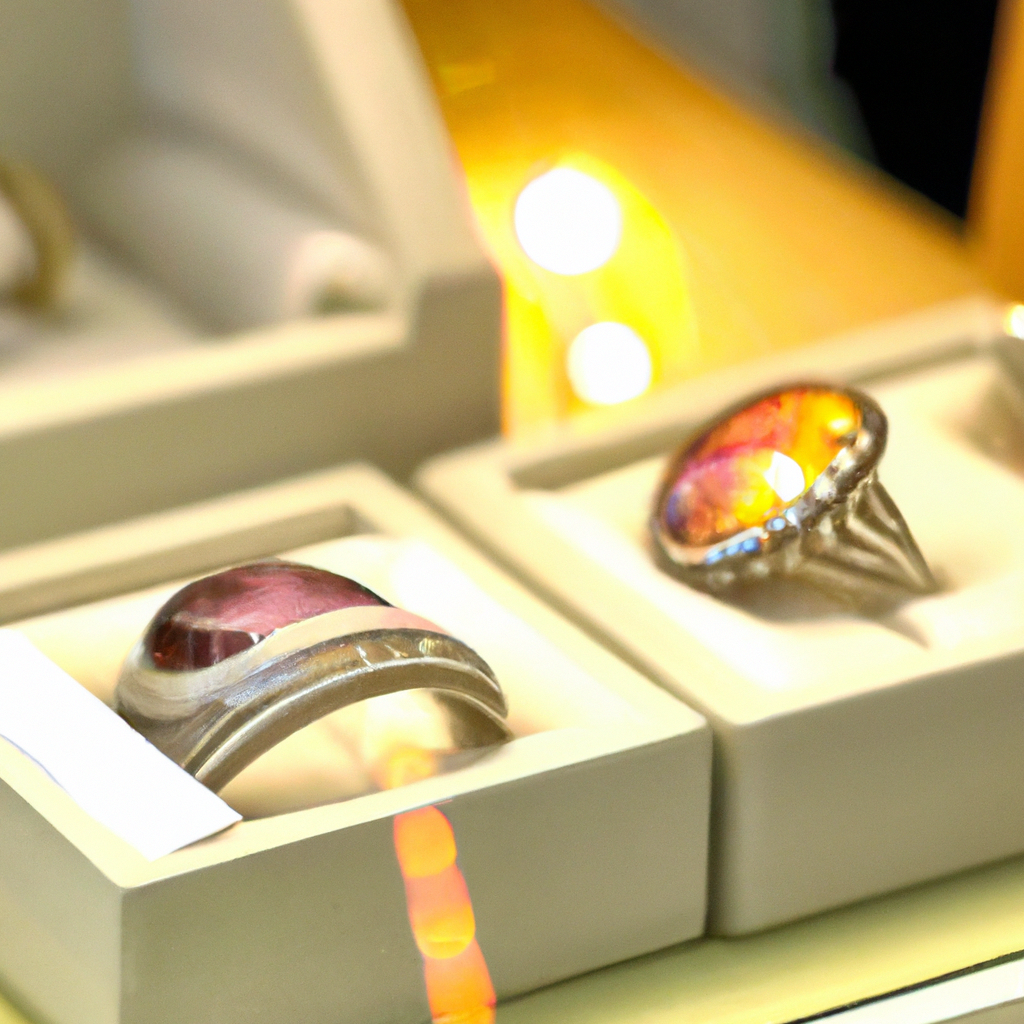Repurposed jewelry has become increasingly popular over the years, not only for its unique and one-of-a-kind designs but also for its contribution to sustainability. Creating repurposed jewelry involves taking old or unwanted items and transforming them into beautiful and wearable pieces. One popular category of repurposed jewelry is product catalogue jewelry. In this article, we will explore the process involved in creating repurposed product catalogue jewelry, including the jewelry making process, sustainable practices, and eco-friendly materials.
The jewelry making process:
Before diving into the process of creating repurposed product catalogue jewelry, it is important to understand the basics of the jewelry making process. This involves several steps, including:
1. Design: The first step in creating any piece of jewelry is to come up with a design. This can be done by sketching, using computer-aided design (CAD) software, or simply creating a prototype.
2. Material selection: Once the design is finalized, the next step is to select the appropriate materials. This can include gemstones, metals, beads, and other decorative elements.
3. Fabrication: The fabrication process involves cutting, shaping, and soldering the materials to create the final piece of jewelry.
4. Finishing: The final step in the jewelry making process is finishing, which involves polishing, cleaning, and adding any final touches to the piece.
Creating repurposed product catalogue jewelry:
Now that we have a basic understanding of the jewelry making process, let’s dive into the process of creating repurposed product catalogue jewelry. This involves taking old or unwanted product catalogues and transforming them into unique and wearable pieces of jewelry. Here are the steps involved:
1. Material selection: The first step in creating repurposed product catalogue jewelry is to select the appropriate materials. This can include product catalogues, scissors, glue, wire, and other decorative elements.
2. Cutting and shaping: Once the materials have been selected, the next step is to cut and shape the product catalogues into the desired shapes and sizes. This can be done using scissors or a paper cutter.
3. Assembly: The next step is to assemble the various pieces of the product catalogues using wire and glue. This can involve creating intricate designs or simple shapes, depending on the desired outcome.
4. Finishing: The final step in the process is finishing, which involves adding any final touches to the piece. This can include polishing, cleaning, and adding any additional decorative elements.
Sustainable practices:
Creating repurposed product catalogue jewelry not only results in unique and one-of-a-kind pieces but also contributes to sustainability. By repurposing old or unwanted materials, we reduce waste and conserve resources. In addition to the repurposing process, there are several other sustainable practices that can be incorporated into the jewelry making process, including:
1. Material selection: When selecting materials for jewelry making, it is important to consider the environmental impact of the materials. This can include using recycled metals, ethically sourced gemstones, and eco-friendly beads.
2. Waste reduction: The jewelry making process can generate a lot of waste, including metal scraps and unused materials. By implementing waste reduction practices, such as recycling and reusing materials, we can reduce the environmental impact of the jewelry making process.
3. Energy conservation: Jewelry making requires energy, whether it is for powering machines or heating metals. By using energy-efficient equipment and practices, we can reduce the amount of energy consumed during the jewelry making process.
Eco-friendly materials:
In addition to sustainable practices, there are several eco-friendly materials that can be used in the jewelry making process. These include:
1. Recycled metals: Recycled metals are a great alternative to newly mined metals, as they reduce the environmental impact of mining and conserve resources.
2. Ethically sourced gemstones: Gemstones that have been ethically sourced ensure that the workers involved in the mining process are treated fairly and that the environment is protected.
3. Eco-friendly beads: Beads made from natural materials, such as wood or recycled glass, are a great alternative to plastic beads, which can have a negative impact on the environment.
Conclusion:
Creating repurposed product catalogue jewelry is a unique and sustainable way to create beautiful and wearable pieces of jewelry. By incorporating sustainable practices and using eco-friendly materials, we can reduce the environmental impact of the jewelry making process while creating unique and one-of-a-kind pieces. Whether you are a jewelry maker or someone interested in eco-friendly jewelry, repurposed product catalogue jewelry is a great option to consider.







